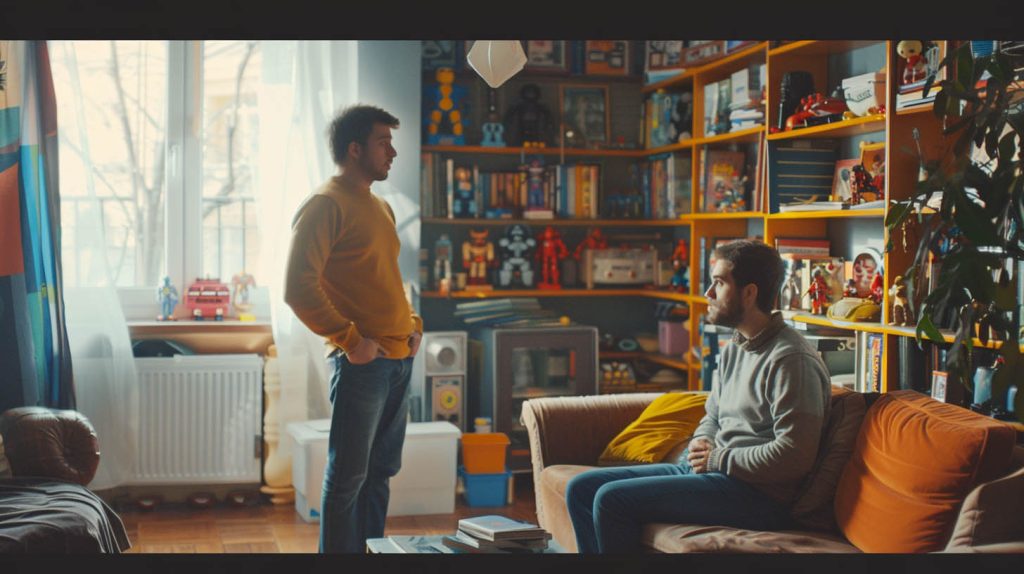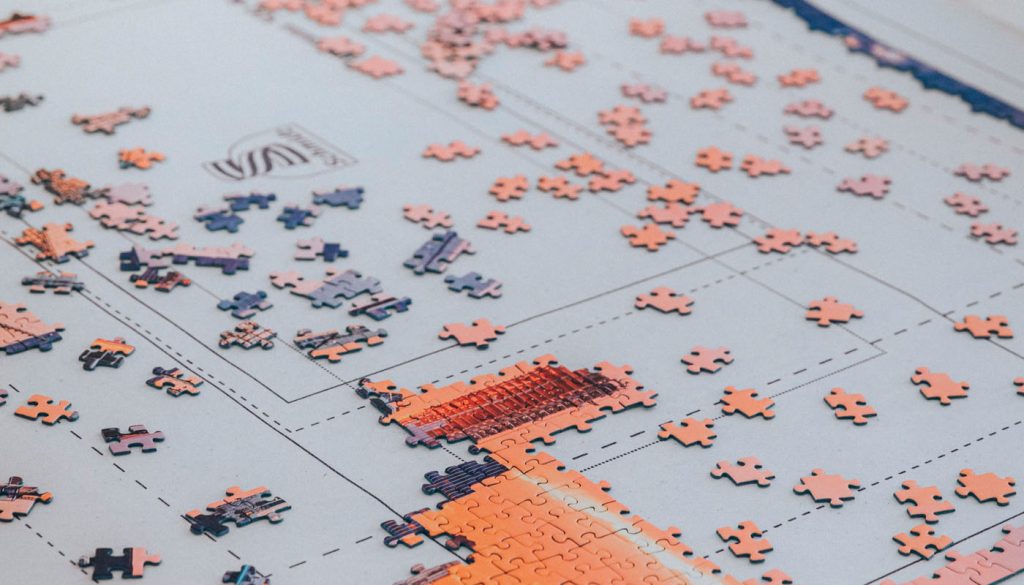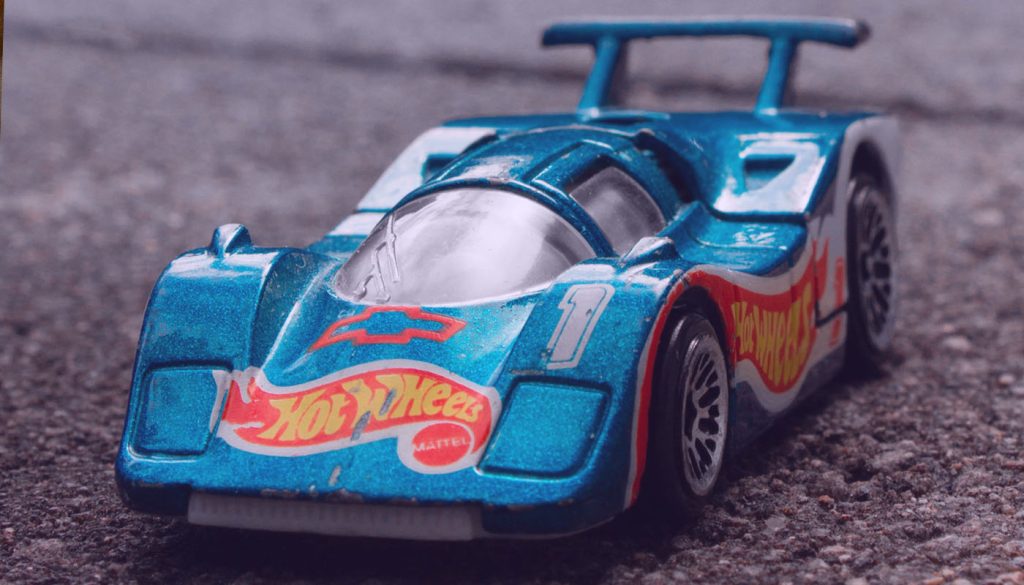When you buy through our links, we may earn a commission. Learn more.
Essential Toy Maintenance for Preserving Value
Maintaining the condition of our toy collections is crucial for preserving their value. By implementing effective cleaning strategies, optimizing storage, and displaying our toys properly, we can protect them from damage and enhance their longevity. Here are the key areas we should focus on.
Understanding the Value of Toy Collections
Each toy in our collection has a unique value, often influenced by rarity, condition, and brand. Vintage toys, particularly, can hold significant monetary worth. To assess value accurately, we should research similar items and their selling prices. Cataloging our collection with details like brand, age, and condition helps track its worth over time.
Knowing the history and significance of our toys adds to their appeal. We should keep records of original packaging and authenticity certificates when available. This documentation not only helps in valuing our toys but also in potential future sales or insurance.
Implementing Effective Cleaning Strategies
Proper cleaning prolongs the life of our toys and maintains their condition. Different materials require specific cleaning approaches:
- Plastic Toys: Use a damp cloth or mild soap. Avoid soaking them.
- Metal Toys: Use a soft cloth. If rust is present, consider rust remover designed for toys.
- Fabric Toys: Spot clean with fabric-safe cleaners or consider professional cleaning.
We should avoid harsh chemicals or abrasive tools, as they can cause damage. Keeping toys dust-free will also prevent discoloration and degradation. Regular maintenance should consider the specific environment where our collection is kept, as factors like humidity and dust can affect the condition.
Optimizing Storage to Prevent Damage
Storage plays a significant role in toy preservation. To protect our toys, we should follow these tips:
- Use Climate Control: Maintain a consistent temperature and humidity level. Avoid extreme temperatures and high humidity, which can warp plastic and cause mold.
- Avoid Direct Sunlight: Exposure can fade colors and degrade materials.
- Store in Original Packaging: If possible, keep toys in their original boxes to provide added protection.
- Use Acid-Free Materials: When using boxes or containers, ensure they are acid-free to prevent chemical reactions that could damage the toys.
Lastly, avoid stacking heavy items on top of delicate toys to prevent crushing.
The Importance of Proper Display Techniques
Displaying our toys correctly not only showcases our collection but also preserves its condition. We can adopt several effective display techniques:
- Use Display Cases: Clear display cases protect from dust and physical damage. They allow us to show off our collection without exposing it to harmful elements.
- Avoid Overcrowding: Give each toy space to breathe. Overcrowding can lead to scratches and other damage.
- Position Away from Heat Sources: Keep displays away from radiators and vents to prevent overheating which can warp toys.
Regularly check our displays for any signs of damage and clean them as needed. This not only maintains aesthetics but also supports the longevity of our collection.
Insurance and Documentation for Collectibles
To safeguard our investment, we should consider insuring our toy collection. Insurance can protect against theft, fire, or damage. When seeking insurance, we need to provide:
- Detailed Inventory: This should include descriptions, photos, and values for each item.
- Purchase Receipts: Keeping proof of purchase helps verify value.
Review our policies regularly to ensure adequate coverage and adjust as our collection grows.
Documenting our toys’ history, including original packaging and any notable maintenance work, also adds value. This information is beneficial when we decide to sell or increase our insurance coverage.
Advancing Toy Collections: Acquisition and Community Engagement
Acquiring toys and engaging with fellow collectors play a crucial role in building and advancing our collections. We can enhance our enjoyment of this hobby by focusing on quality, navigating various sales venues, connecting with other enthusiasts, and expanding our knowledge of toy history.
Building a Focused and Quality-Oriented Collection
To create a meaningful collection, we should focus on specific themes, eras, or toy lines. This targeted approach helps us avoid random purchases and maintain a coherent collection.
Some strategies include:
- Choosing a Theme: Select categories such as superheroes, vintage toys, or action figures.
- Setting a Budget: Determine how much we can spend while still pursuing quality toys.
- Prioritizing Condition: Look for items in excellent condition, ideally in their original packaging.
- Researching Rarity: Investigate which toys are considered rare or highly sought after for their market value.
By making thoughtful choices, we enhance our collection’s overall quality and appeal.
Navigating Online Marketplaces and Physical Sales Venues
In today’s market, collectors can find toys through various online and physical platforms. Sites like eBay and Etsy offer a vast selection, while flea markets and garage sales can hold hidden gems.
Tips for successful navigation include:
- Read Descriptions Carefully: Examine details about condition, packaging, and authenticity.
- Watch for Trends: Keep an eye on current market trends to identify potential rare finds.
- Use Auctions Wisely: Participate in auctions where we can bid on unique items but set a limit to avoid overspending.
Combining online and physical searches increases our chances of finding quality additions to our collection.
Networking with Fellow Collectors and Online Communities
Connecting with fellow toy collectors enriches our experience. We can join online forums and social media groups dedicated to our interests.
Ways to engage include:
- Participating in Discussions: Share knowledge and ask questions about specific toys or trends.
- Attending Events: Join toy conventions, swap meets, and local exhibitions to meet experienced collectors.
- Joining Clubs: Explore toy collector communities for networking and collaboration opportunities.
Building these connections fosters a sense of belonging and enhances our overall enjoyment of the hobby.
Expanding Knowledge through Research and History
Knowledge is a key element of toy collecting. Understanding the history behind our toys can increase their appreciation and market value.
Helpful research strategies include:
- Reading Books and Articles: Dive into resources about toy history, popular characters, and eras.
- Watching Documentaries: Gain insights into the toy industry and cultural impact through visual content.
- Exploring Online Archives: Utilize databases and archives to discover rare toys and their significance.
By expanding our understanding, we can make informed decisions about our collections and spot potential “hidden gems.”
I’m Cartez Augustus, a content creator based in Houston, Texas. I’ve been exploring a variety of niches in content marketing in order to increase website traffic. I enjoy experimenting with artificial intelligence, search engine optimization, and paid search. The process of creating nerd-related content has been extremely rewarding since it has enabled me to network with people who are knowledgeable about these subjects.


